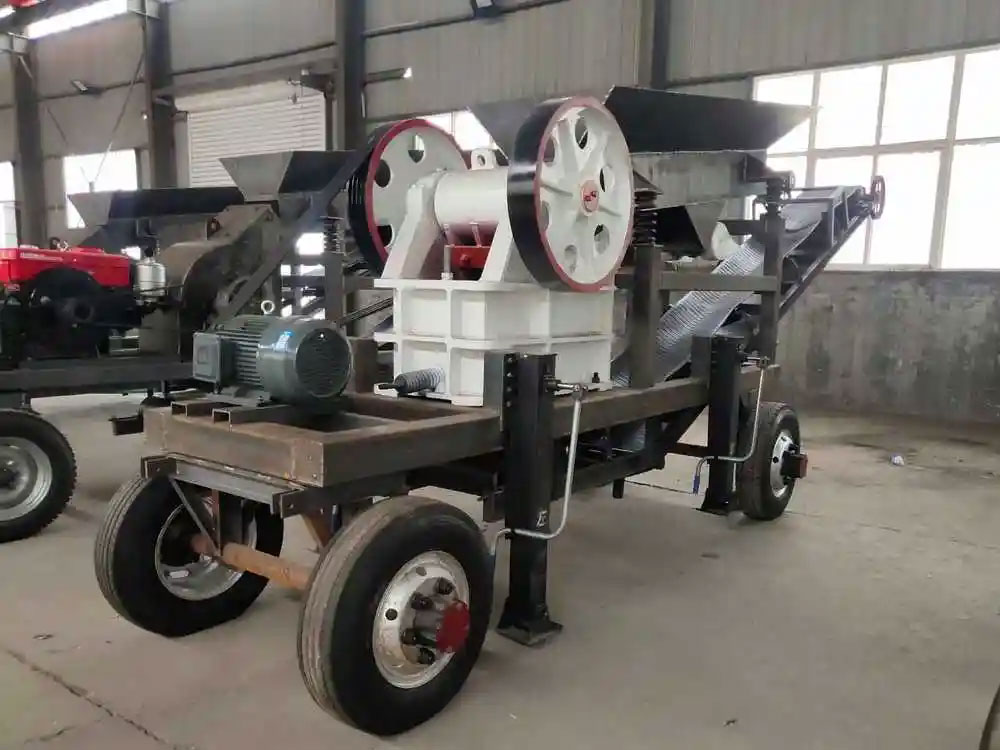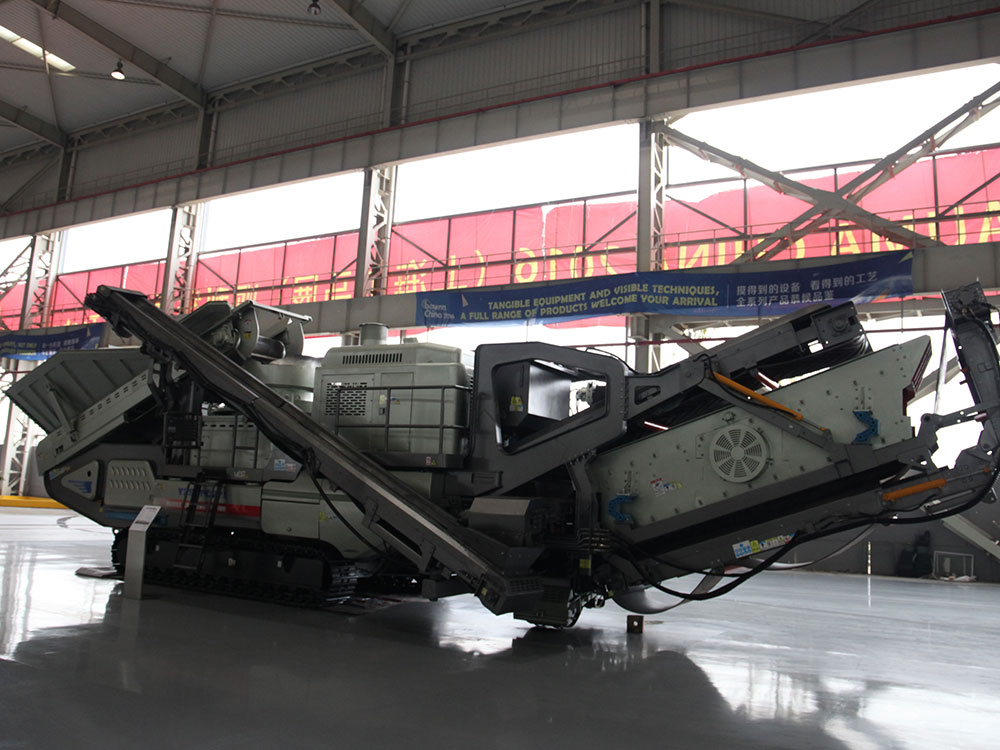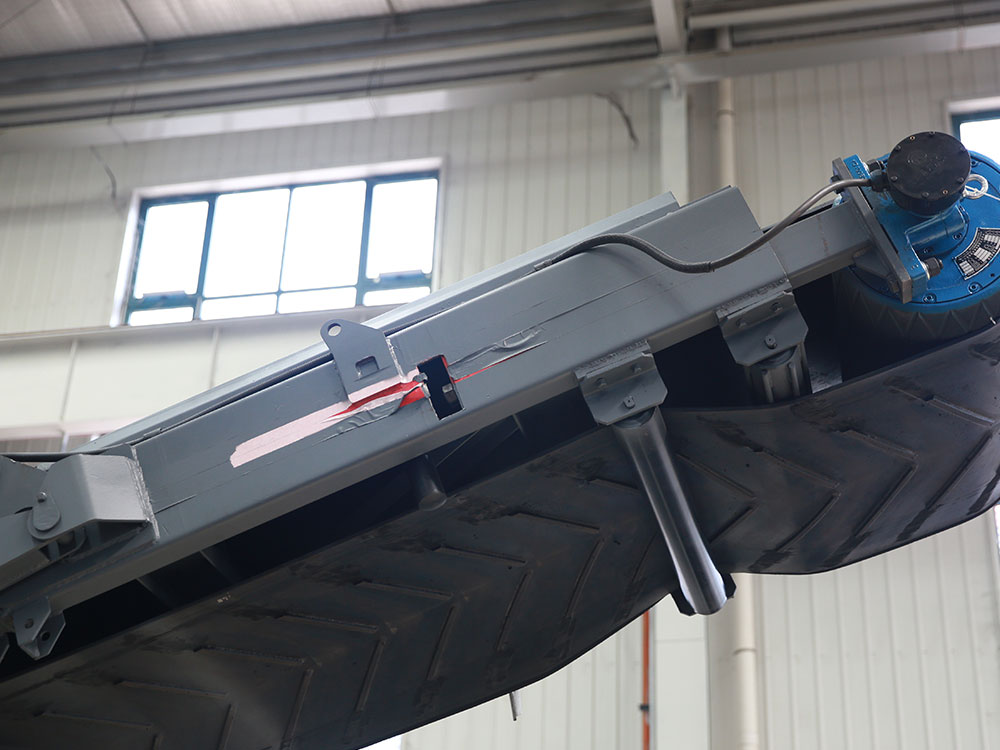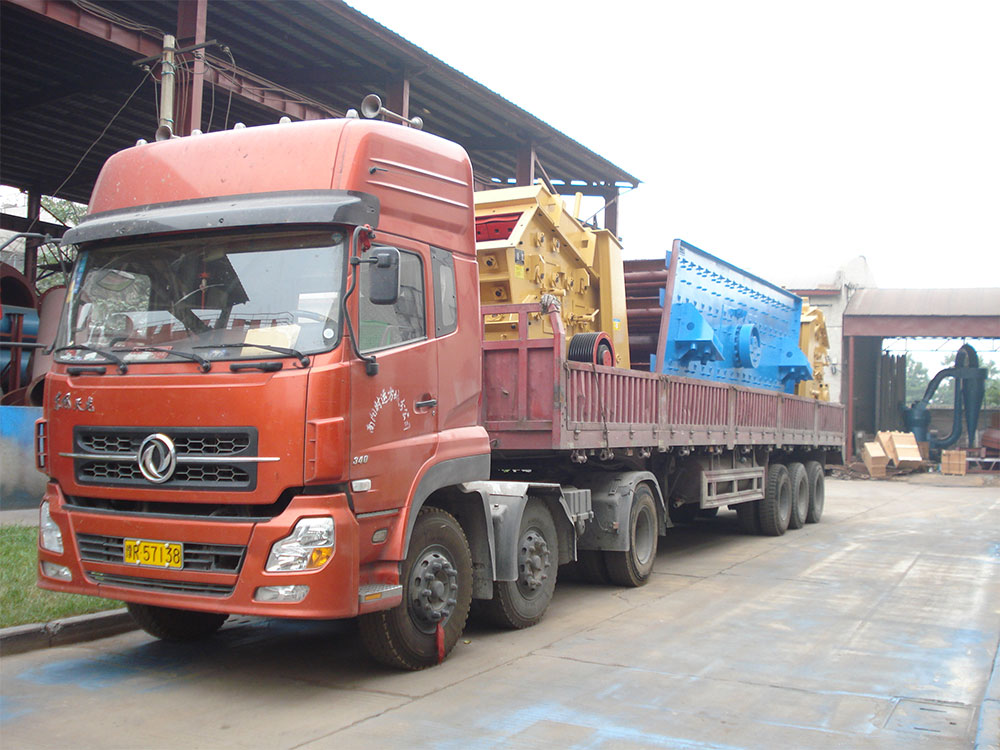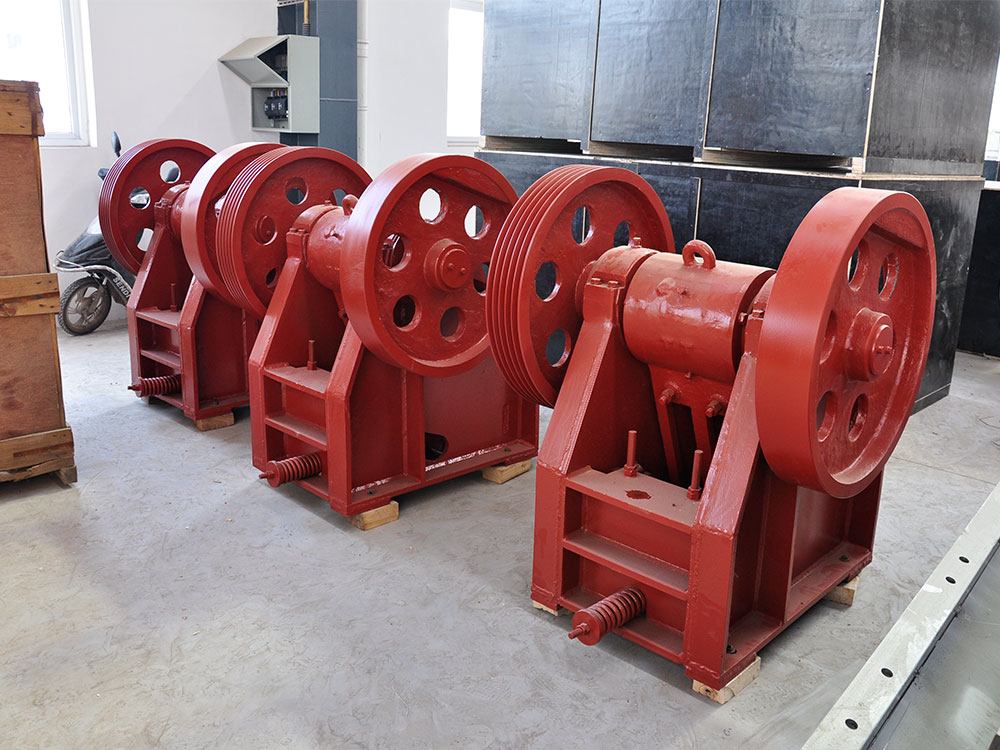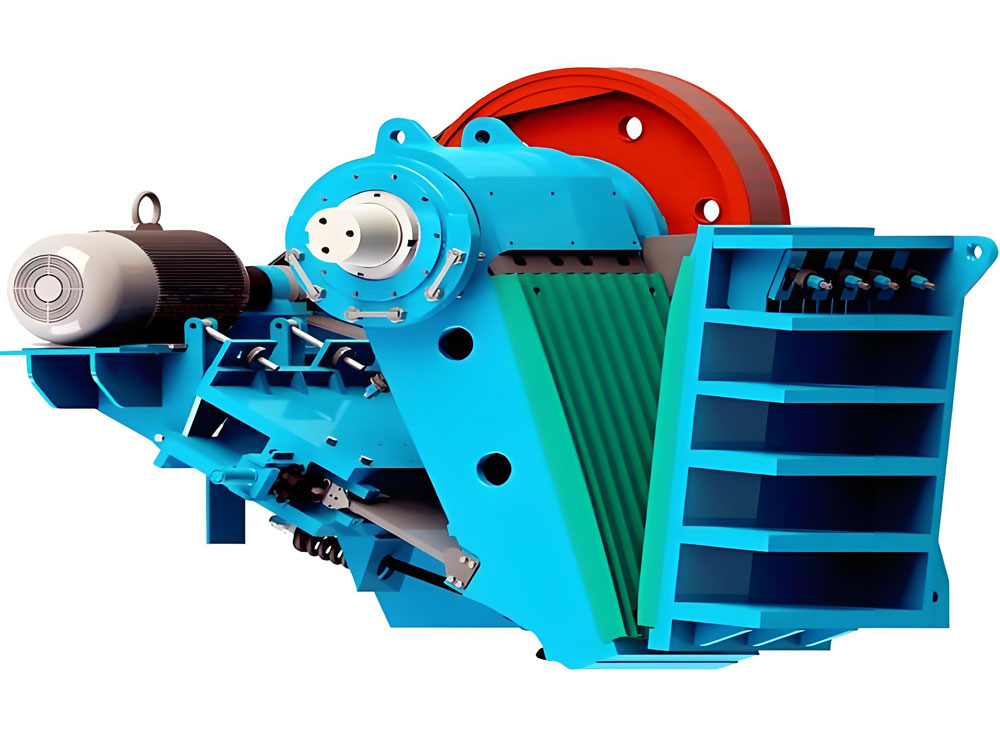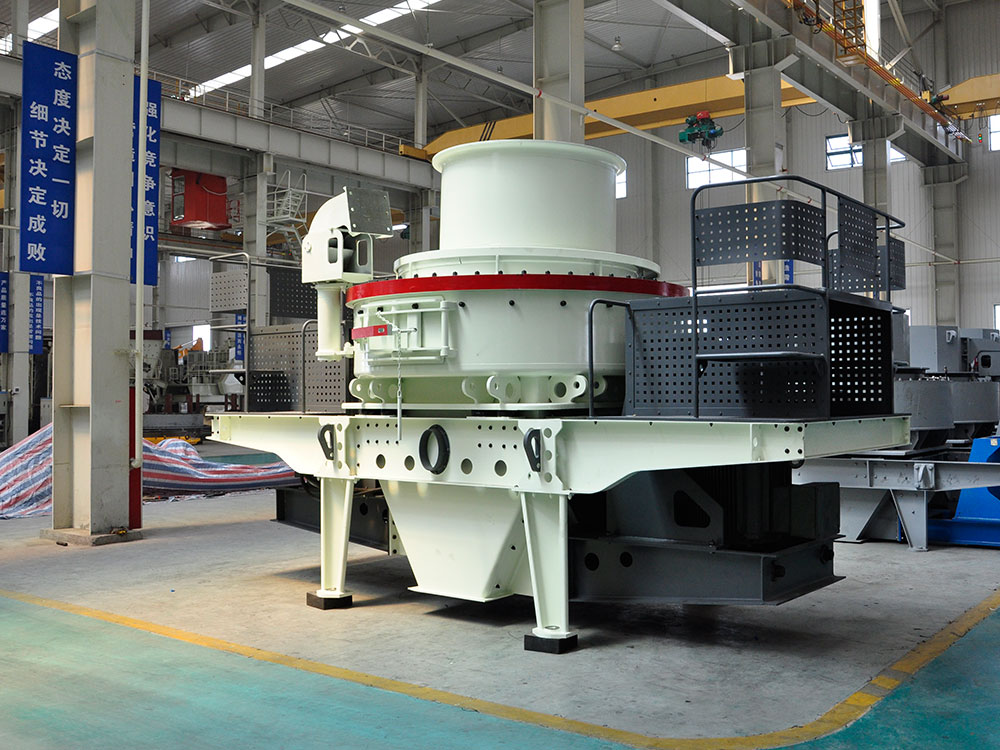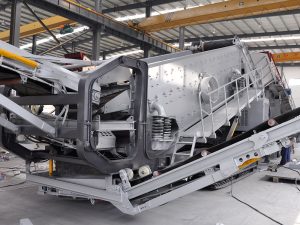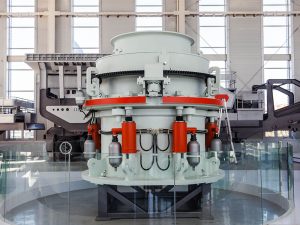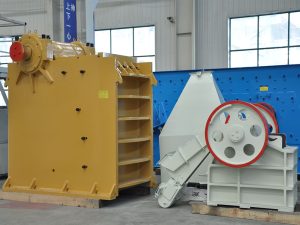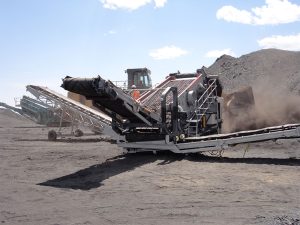Ore materia crusher Hardness, Tenacity,Fracture
Minerals can be classified by their properties (optical, physical, electrical, magnetic) and by their chemical composition. Minerals can, therefore, be identified by spectroscopic or visual observation; however, chemical analysis is the only means of identifying the precise nature of the mineral.

Hardness of the mineral
In 1822, a German mineralogist named Friedrich Mohs established a measuring scale to determine the hardness of each mineral, called the Mohs scale of mineral hard- ness. This scale is widely used today. Each mineral can
be compared to 10 comparative minerals ranging from soft to hard. The comparative minerals used are: talc, plaster, calcite, fluorite, apatite, feldspar, quartz, topaz, corundum and diamond.
Tenacity or cohesion
A mineral’s tenacity or cohesion is the degree of resis- tance that it offers to breakage, deformation, crushing, curvature, or pulverization. The following classes of tenacity are defined:
Fracture of a mineral
When a mineral is fractured, it separates in a number of different ways:
Exfoliation: Describes a mineral that separates with flat and parallel surfaces.
Examples: mica, galena, fluorita and plaster


